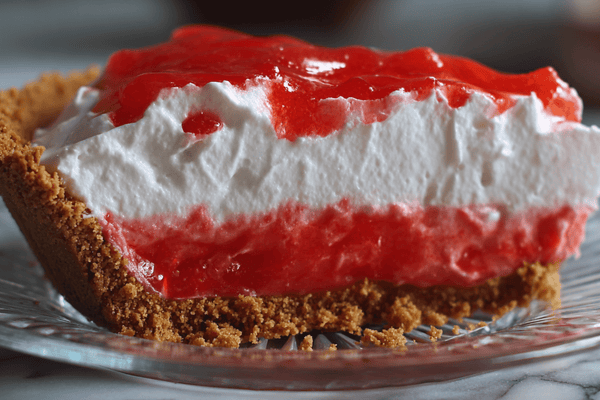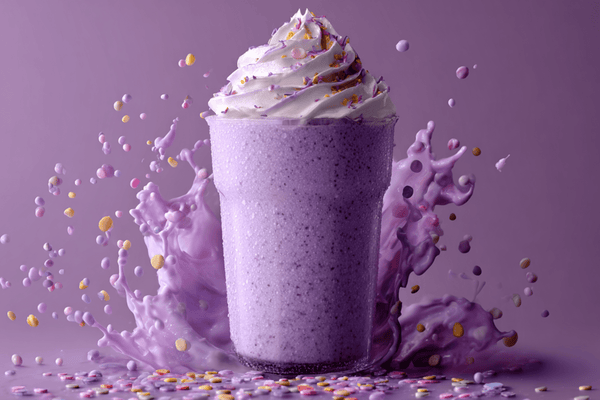 When you’re preparing food in the kitchen, quality knives like a Japanese knife set are essential. But while they do most of the work, they’re often useless without a good partner. By this, we mean the cutting board.
When you’re preparing food in the kitchen, quality knives like a Japanese knife set are essential. But while they do most of the work, they’re often useless without a good partner. By this, we mean the cutting board.Using a cutting board with your knives is so important. Not only does it protect your worktops from certain damage but it prevents the blade from going dull too quickly as well. Moreover, it provides you with a stable platform for cutting your foods which ups kitchen safety immensely.
In this guide, we want to discuss why we think a wood cutting board is an excellent tool. We will be looking at the different types of wood you can choose from and how this essential accessory will benefit your meal prep!
Table of contents
What Type of Wood For a Cutting Board?
There are so many different types of wood available but not all are suitable for everything, especially when it comes to kitchen equipment. That’s why it’s super important to consider which type of wood you’ll go for. Let’s take a look at some of the most common ones and their suitability for wooden cutting boards.
Maple
 Maple is an incredibly durable wood so if you’re looking for a quality cutting board that’s going to stand the test of time, this is it! What’s more, it’s very resistant so won’t end up looking scratched and marked for a very long time. Owing to how heavy it is, it’ll also stand up to a lot of different cutting without becoming damaged.
Maple is an incredibly durable wood so if you’re looking for a quality cutting board that’s going to stand the test of time, this is it! What’s more, it’s very resistant so won’t end up looking scratched and marked for a very long time. Owing to how heavy it is, it’ll also stand up to a lot of different cutting without becoming damaged.However, you should keep in mind that in order to properly maintain your maple wooden board, you’ll need to regularly condition it.
Walnut
 One of the best things about walnut is how attractive it is. It has a unique grain and when not in use, doesn’t look out of place on the kitchen worktop.
One of the best things about walnut is how attractive it is. It has a unique grain and when not in use, doesn’t look out of place on the kitchen worktop.But as well as just looking good, walnut is also brilliant for keeping your knives in good shape as it’s much softer. It doesn’t stain easily and is decently durable.
On the downside, it may not be able to stand up to certain cutting challenges, especially those that require you to be a little more heavy-handed.
Cherry
 If you want a good-looking wood board but also need something very durable then cherry is a good choice. It has a delightful colour that boosts the aesthetic of your kitchen at the same time as being resistant without a lot of maintenance.
If you want a good-looking wood board but also need something very durable then cherry is a good choice. It has a delightful colour that boosts the aesthetic of your kitchen at the same time as being resistant without a lot of maintenance.That said, compared to some other woods, this resistance is slightly lower. So while it will serve you well, cherry may need to be replaced sooner than something like maple.
Teak
 Teak is a great choice if you want something low maintenance. It doesn’t dent, stain or warp easily and you will rarely have to do anything other than keep it clean. This is why teak is one of the most popular choices.
Teak is a great choice if you want something low maintenance. It doesn’t dent, stain or warp easily and you will rarely have to do anything other than keep it clean. This is why teak is one of the most popular choices.But you should keep in mind that this is a very hard wood and so it won’t be as gentle on your knives as walnut, for example.
Beech
 Keeping wooden boards dry is essential and beech is great for this as it’ll quickly drain when wet. Moreover, as it ages, it takes on a beautiful appearance which is great if you want attractive kitchen accessories. What’s more, beech is one of the more sanitary woods and will naturally deter bacteria.
Keeping wooden boards dry is essential and beech is great for this as it’ll quickly drain when wet. Moreover, as it ages, it takes on a beautiful appearance which is great if you want attractive kitchen accessories. What’s more, beech is one of the more sanitary woods and will naturally deter bacteria.Of course, there is a downside as with anything else and that is that beech requires much more maintenance than other types of cutting board. If you don’t look after it, it won’t last as long as you had hoped.
Bamboo
 Many would consider bamboo to be the best choice in terms of durability, resistance and being waterproof. It’s very affordable and also one of the more hygienic options when it comes to wood.
Many would consider bamboo to be the best choice in terms of durability, resistance and being waterproof. It’s very affordable and also one of the more hygienic options when it comes to wood.That said, you must keep in mind that bamboo contains higher levels of silica. This means that it won’t be as gentle on your knives, so you might have to sharpen them more frequently.
What Are the Benefits of Wooden Cutting Boards?
There is an ongoing debate over whether wooden or plastic cutting boards are the best choice. In all honesty, there are pros and cons to both a wood and plastic cutting board. But many professional chefs swear by wood providing the best cutting board, and there's a good reason for this.
● The most obvious benefit of a wooden cutting board is its durability. Wood is used for so many applications because, by its very nature, it is robust and resistant. You will need to properly maintain your cutting board but by doing this, you’ll have a tool that will last for many years.
● Many companies that make wood cutting boards offer customisation options. For example, there are boards that have holes that allow you to hang them, finger slots and various-sized handles. On top of this, there’s a huge choice of wood types so you can get something that perfectly suits you.
● Some types of wood are different from others but for the most part, they’re all gentler on your knives than plastic which is known to quickly dull blades.
● According to one study, it may take a little more effort to get your wooden cutting board clean but once you do, it’s far more sanitary than plastic boards. This is because your knife will make little grooves in a plastic board where bacteria can thrive, providing dangers for food safety and food poisoning. This isn’t the case when using a wooden cutting board.
● Wood is much more environmentally-friendly than plastic. Once you’ve finished with your cutting board, you can reuse it elsewhere in the home or recycle it. Being a natural material, its harvest and manufacture is much more eco-friendly.



